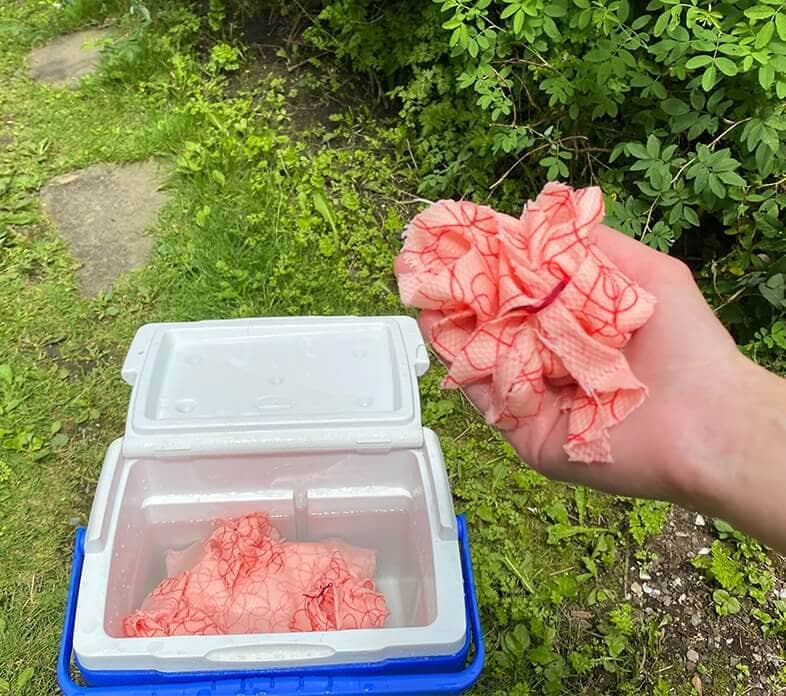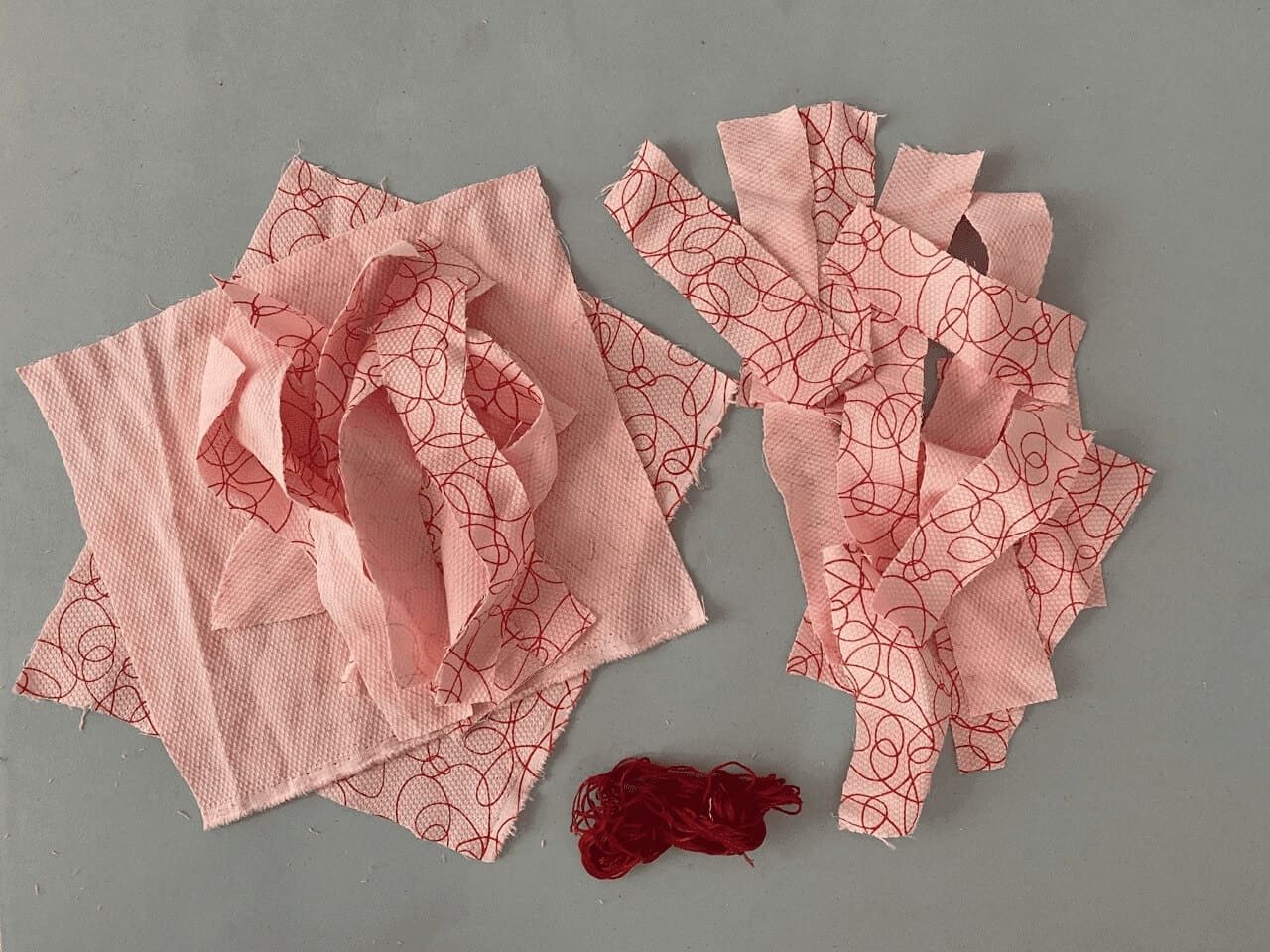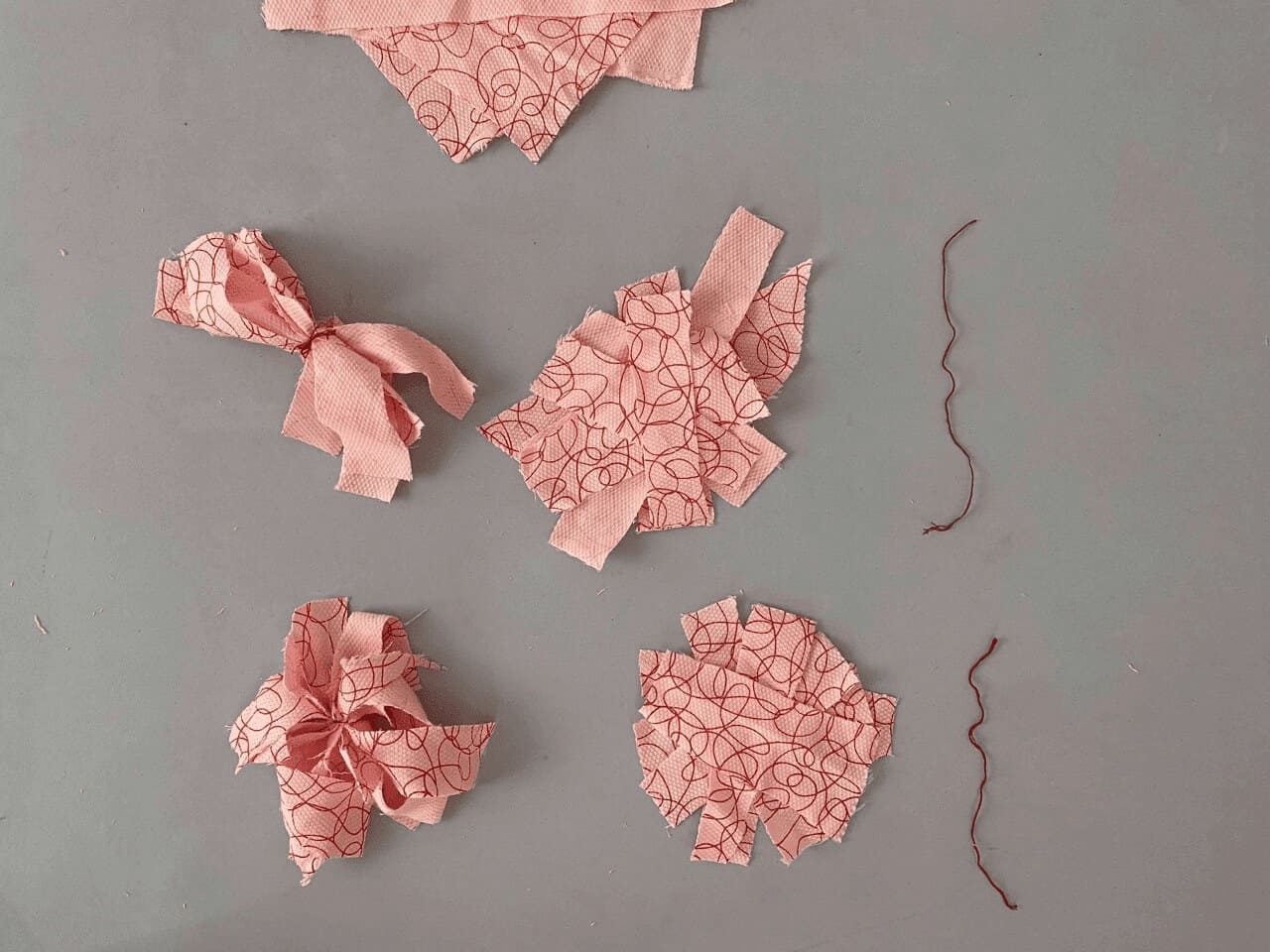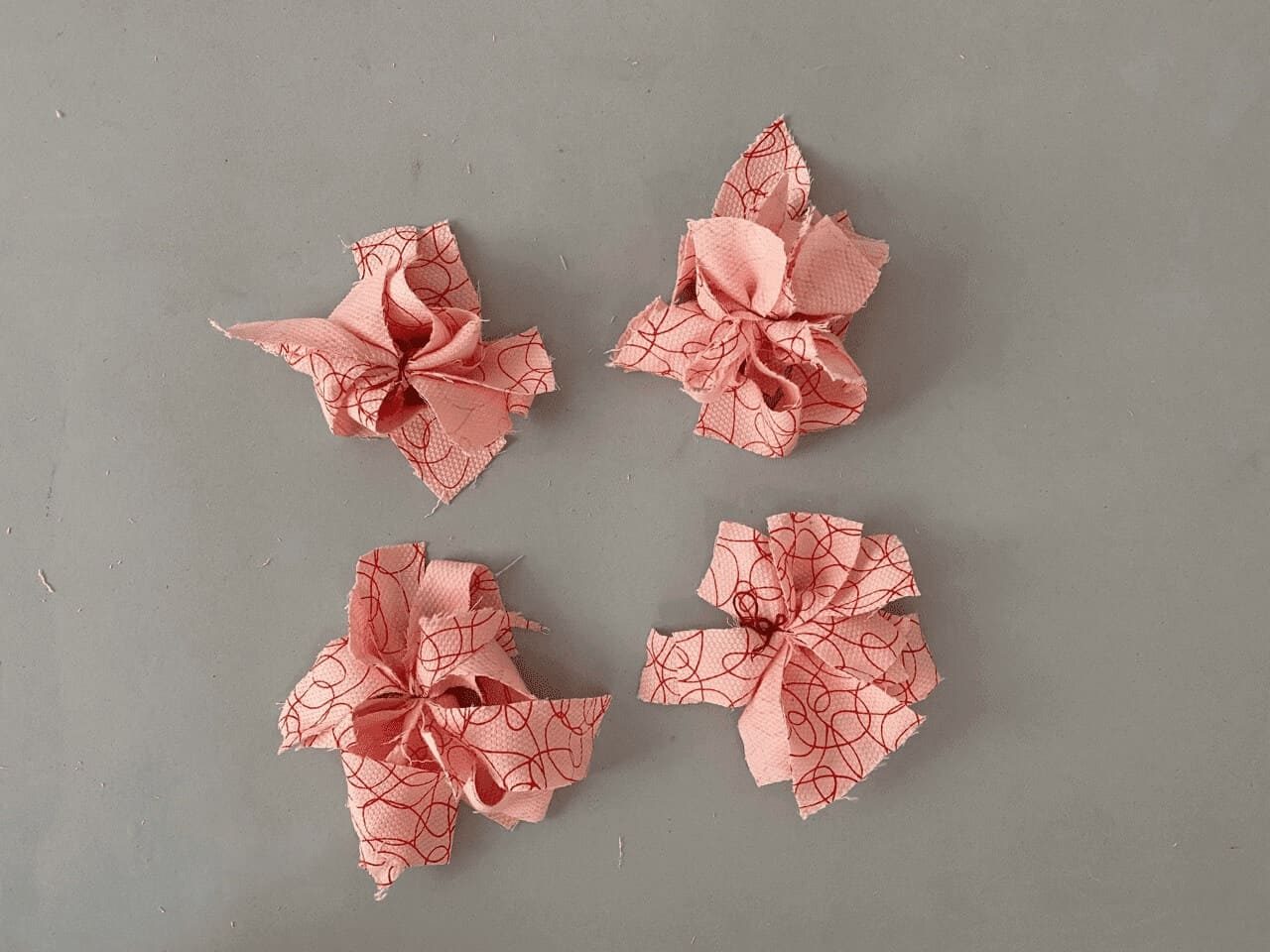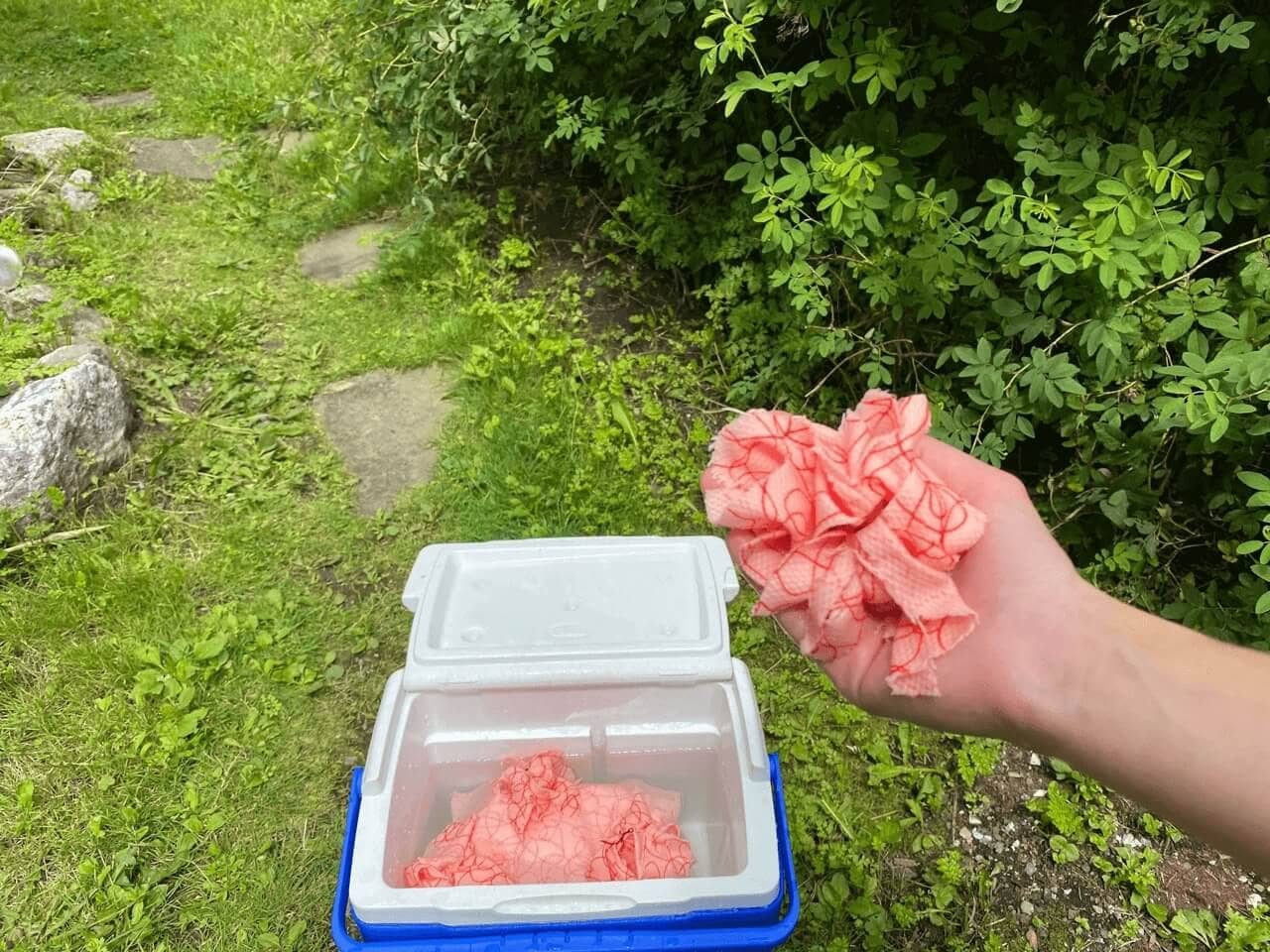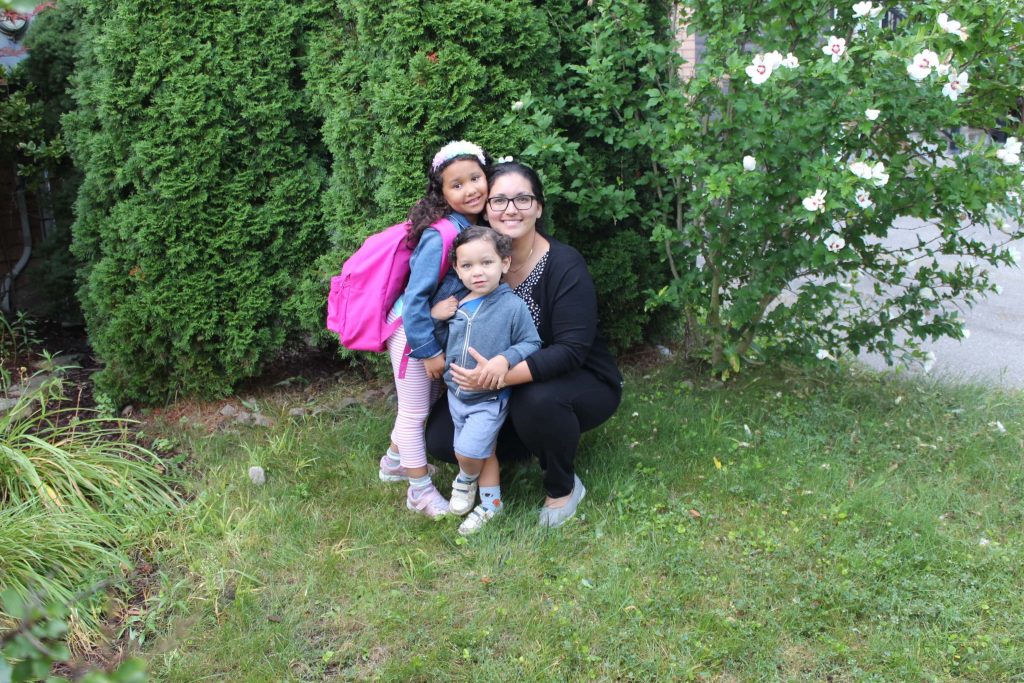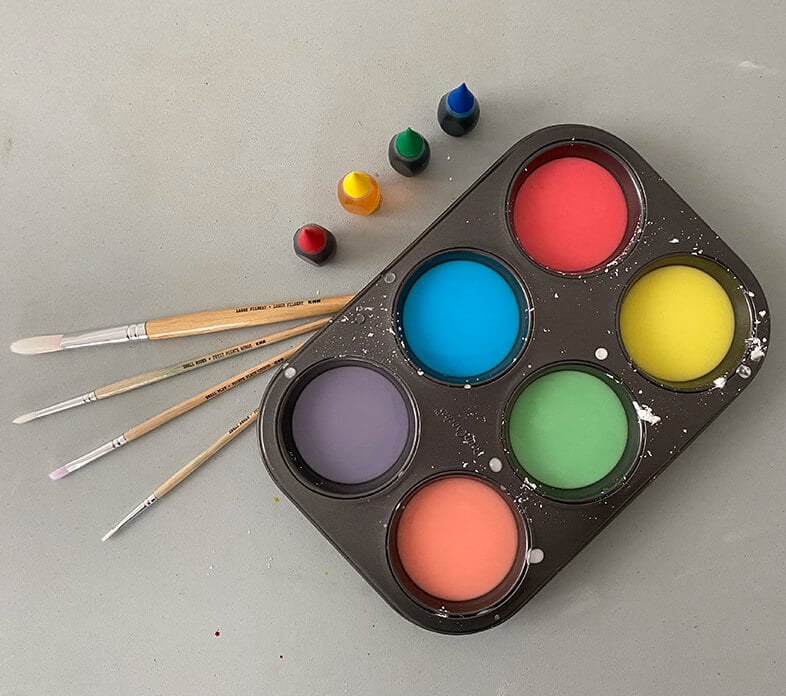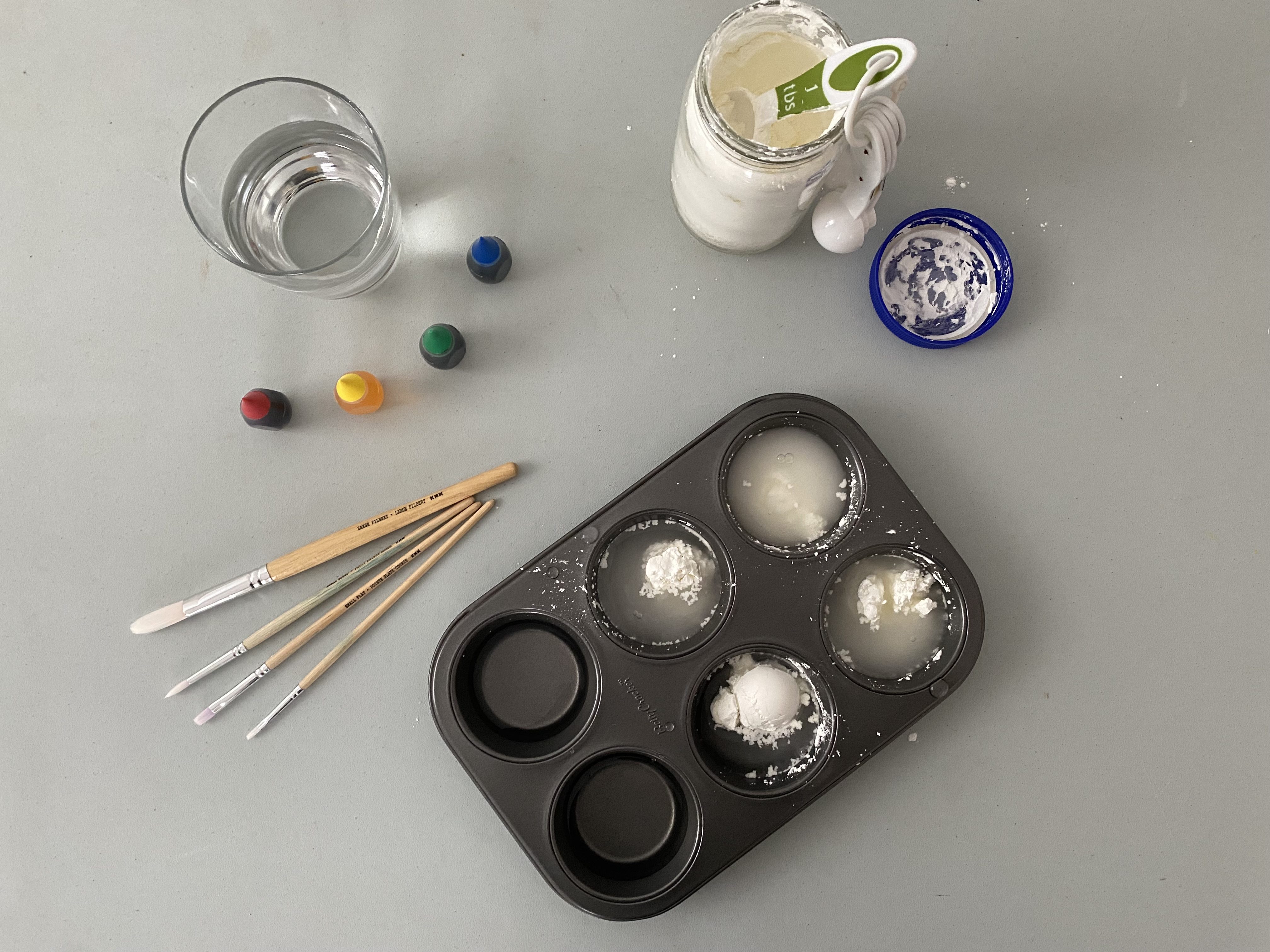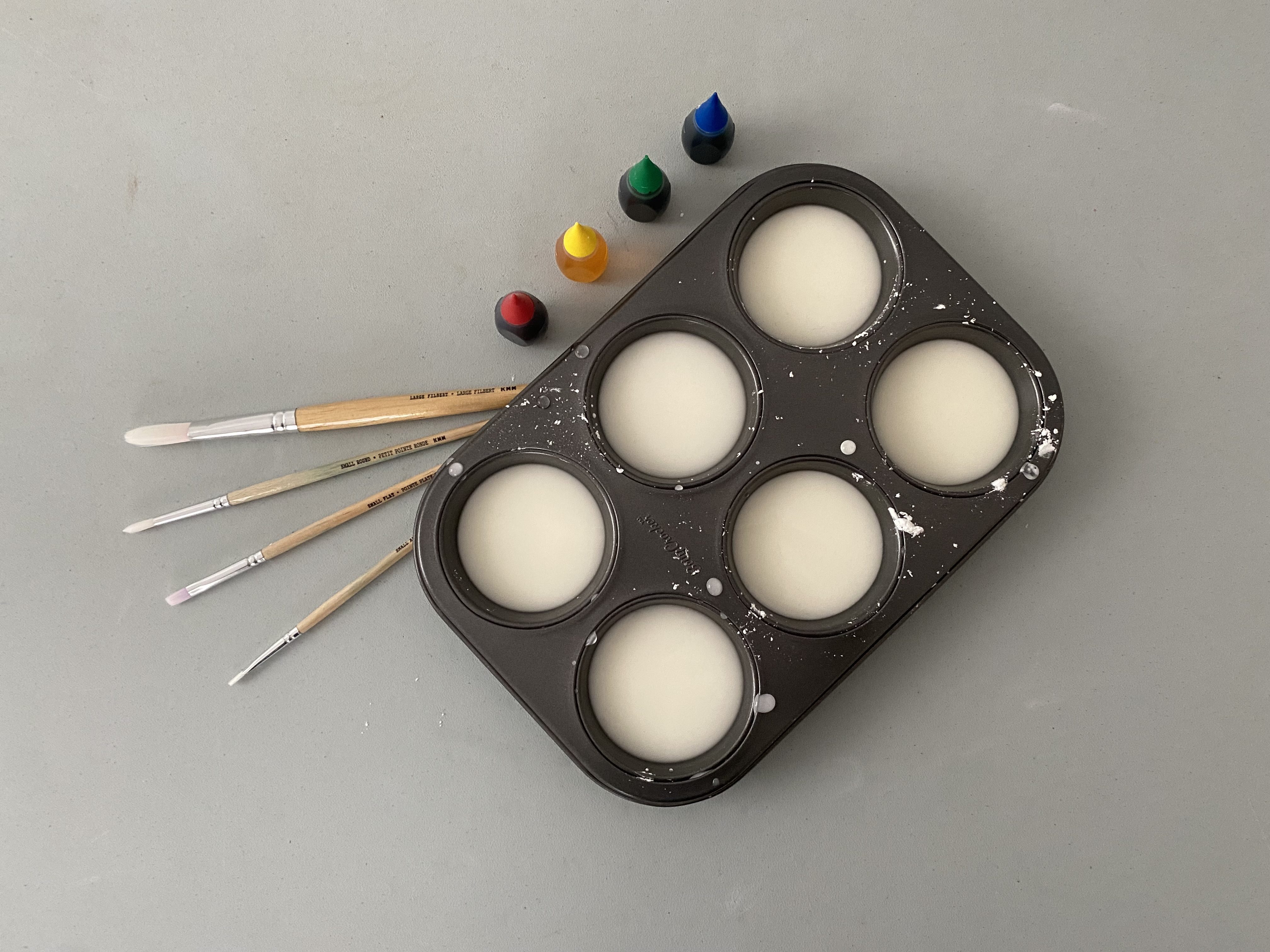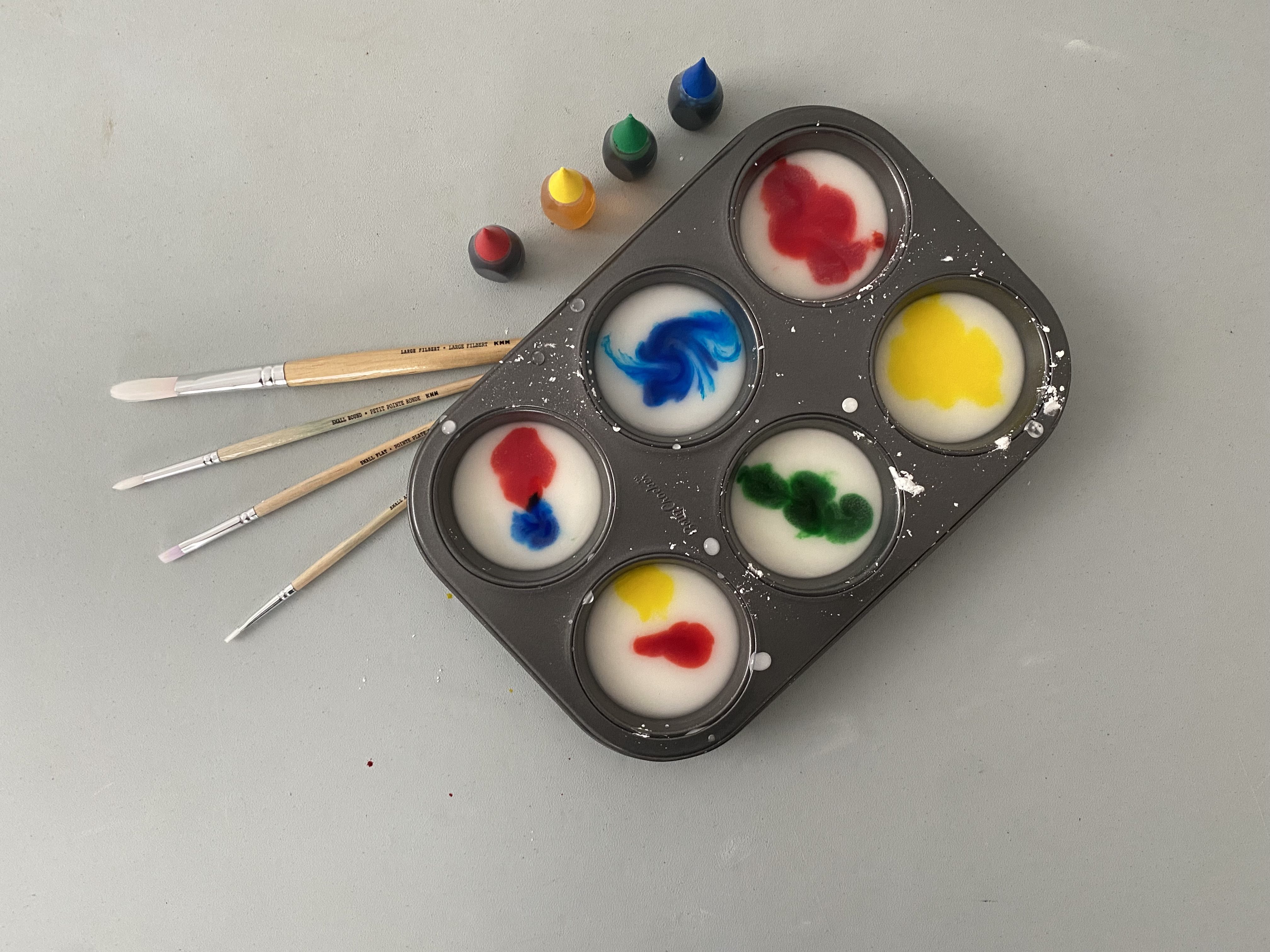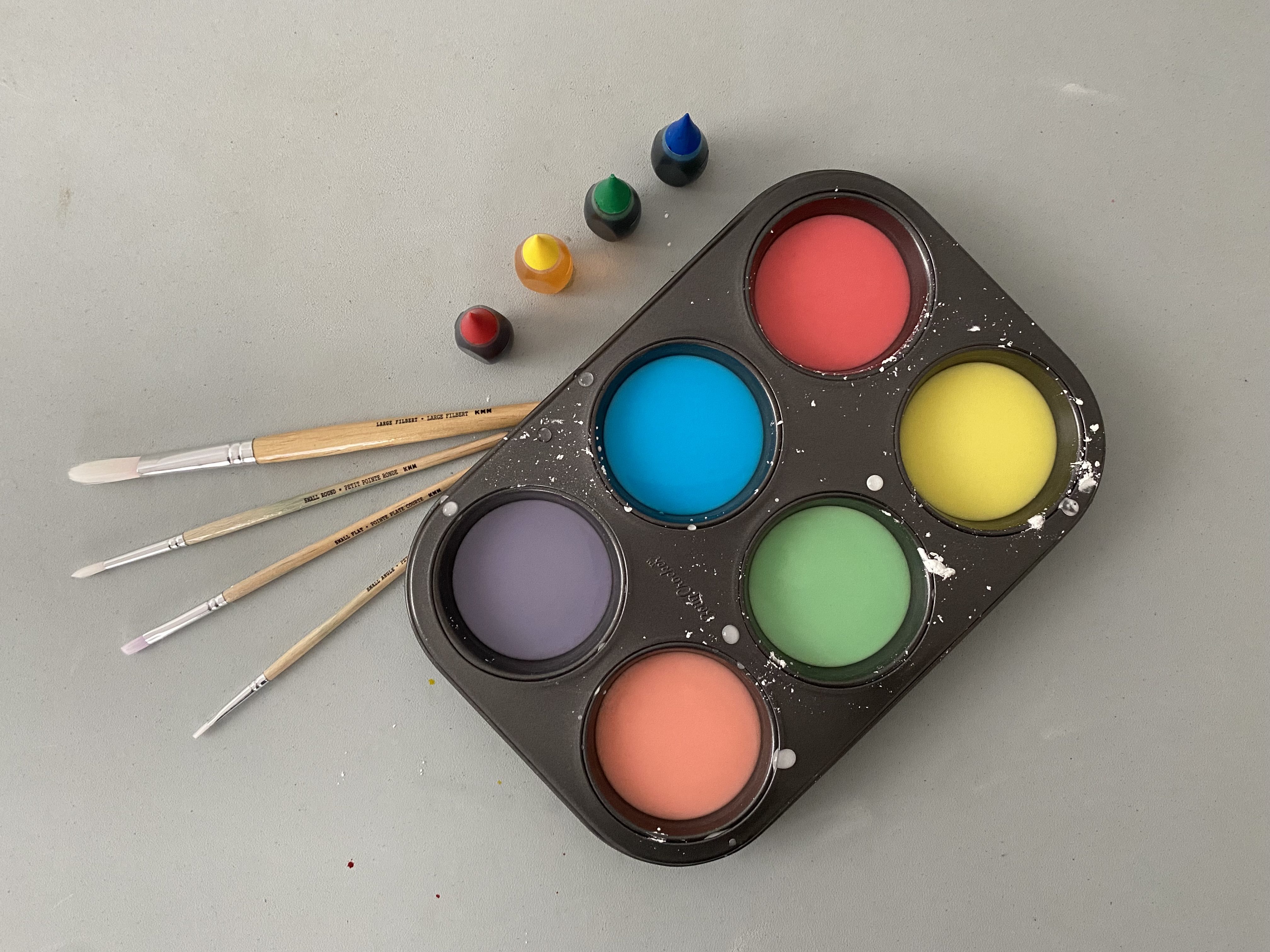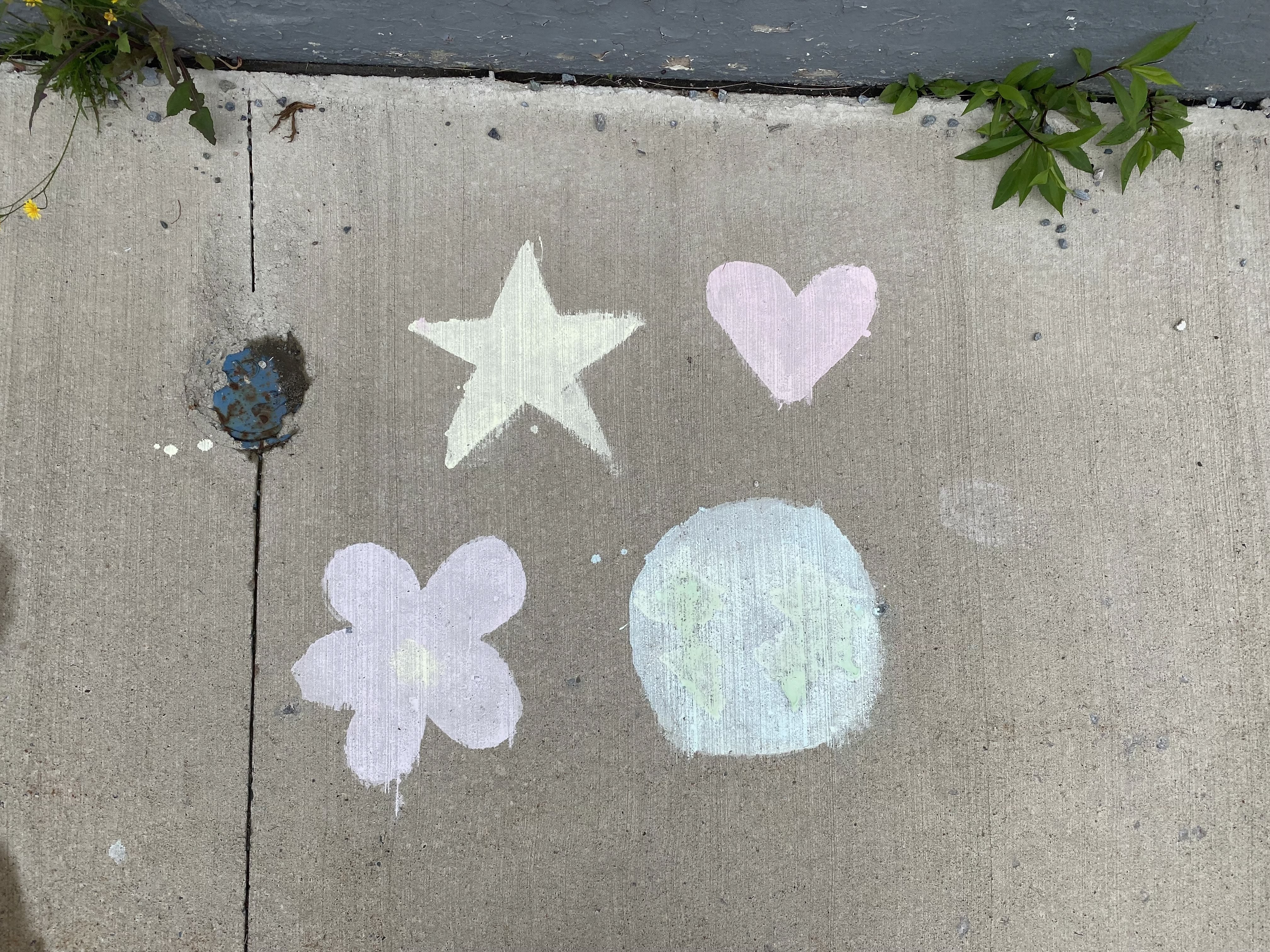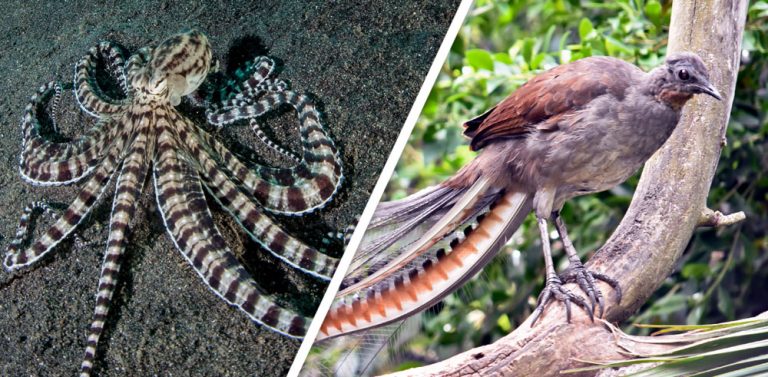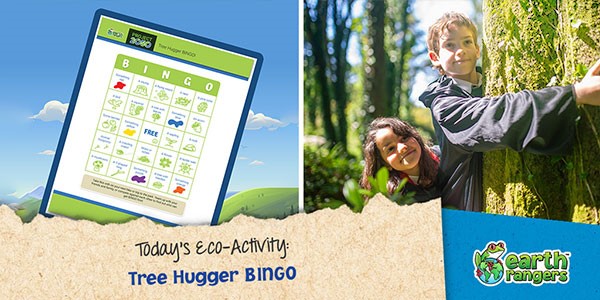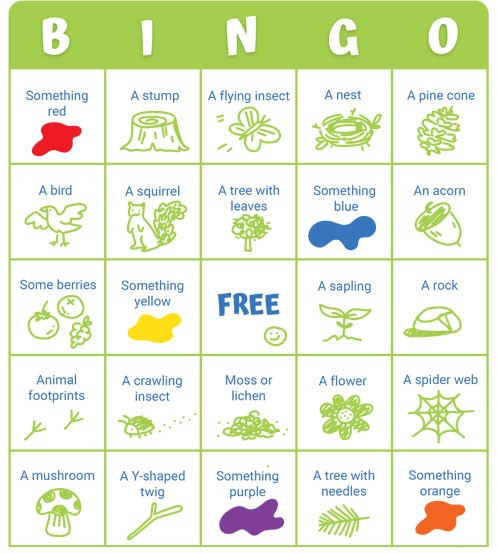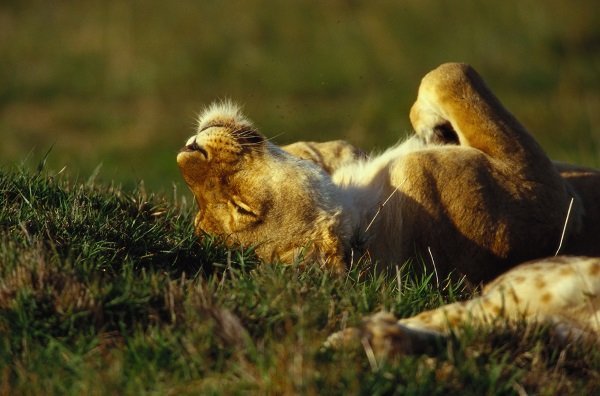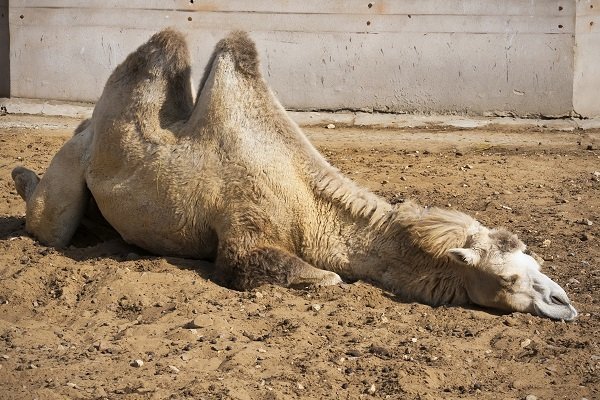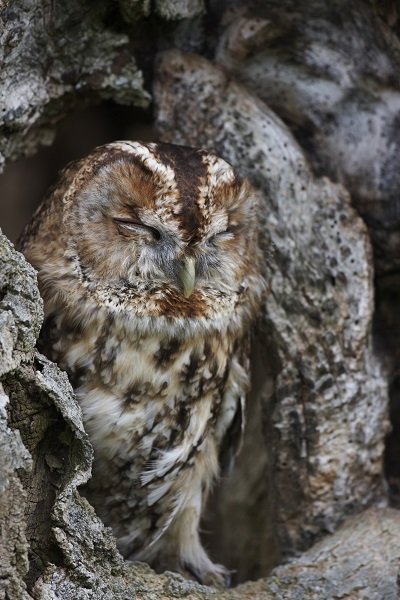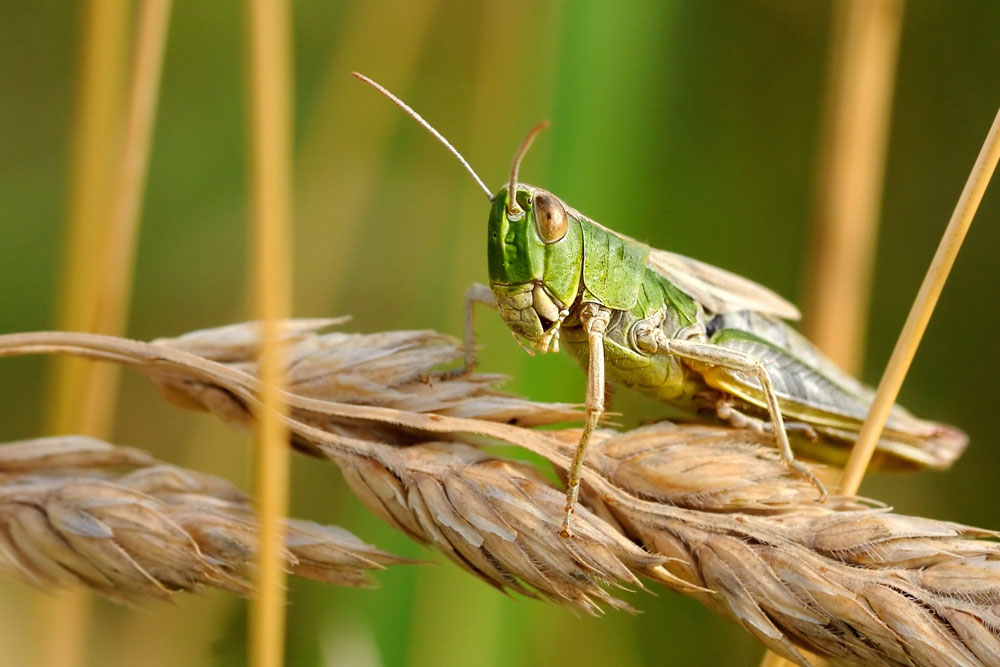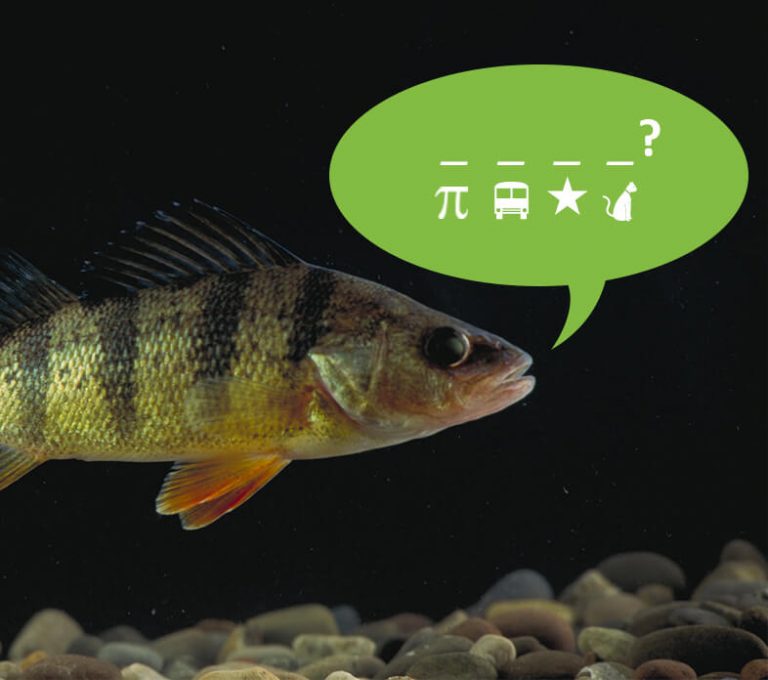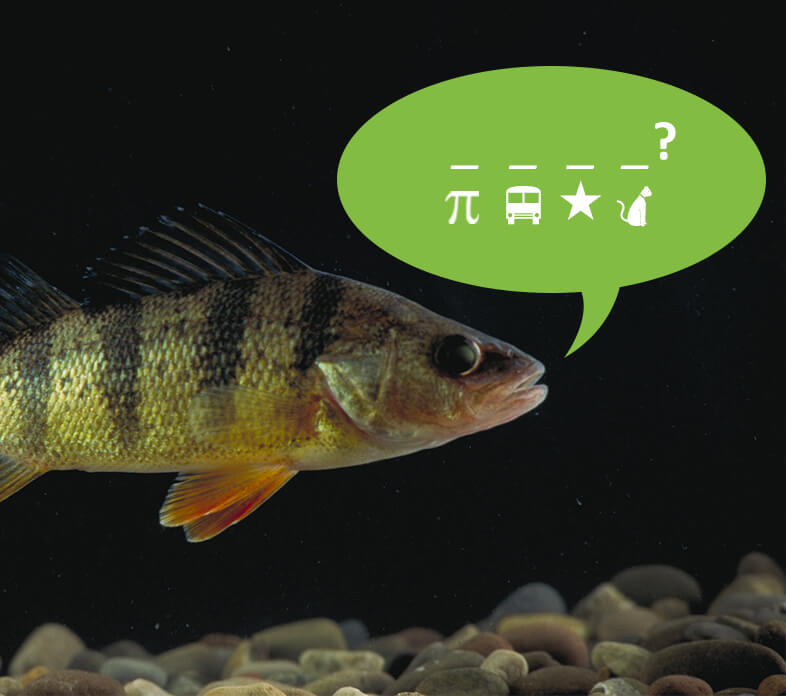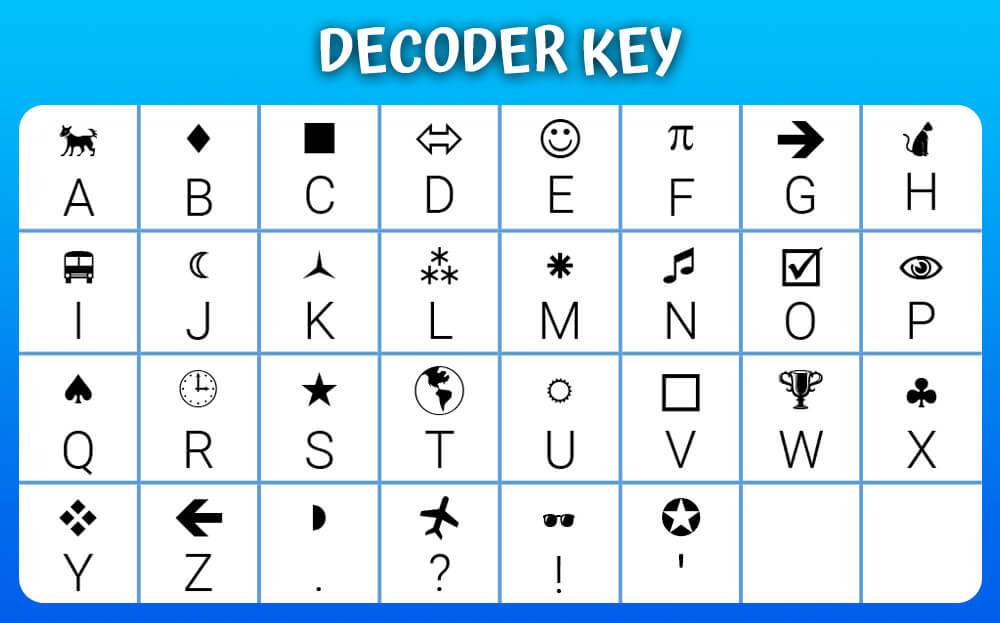I heard the familiar sound of soft footsteps coming down the stairs. I smiled knowing it was my eight-year old son looking to spend a little quiet time with his mom. It was way past his bedtime, but my instinct told me this was a stage he was going through and needed a little extra cuddling.
He always looked a bit sheepish as he asked if he could sit and watch sports with me for a while. My answer was usually, “20 minutes and then back to bed.” It was during Monday night football; he saw a public service announcement appealing for donations to build more wells in Africa. He turned to me and said, “Those kids don’t have clean water to drink? That doesn’t seem right.” He then asked a few rapid fire questions. In the moment, I did my best to explain global environmental challenges in an age appropriate way. He looked thoughtful, and we went back to watching the game. I didn’t realize it at the time but, a small seed was planted that night that grew into a keen interest in environmental issues.

As I watched my son’s passion grow over the years, I wish I knew at the time about the myriad of rewarding careers in the environmental sector. When I saw him gravitate towards climate change and social justice issues, I thought of professions such as a policy advisor, politician or working with a non-governmental organization (NGO). These are wonderful fields, of course, but there are SO many other options that exist. There are degrees in water conservation technology, environmental health, hydrology and conservation science. There’s also drinking water treatment operators, hazardous waste inspectors, sustainability analysts, field epidemiologists, public health officers and the list goes on!

For my son it was clean water, but for many kids, it’s the love of animals that ignites their curiosity and engagement. More often than not, the suggestion for a career working with animals is a veterinarian but again, there is a long list of other exciting options as well. For example, there’s conservation biologists, wildlife rehabilitators, animal nutritionists, animal-assisted therapists, animal researcher and more!

So how do you connect the dots between a child’s passion and possible career options? You can point them in the direction of interesting stories like Leah Pengelly. She’s a biology master’s student conducting research for the University of Manitoba on the impact of noise from shipping traffic on Narwhals in the North. She filmed a behind the scenes video just for Earth Rangers!
Another encouraging development is the growing emphasis on connecting careers with science curricula in elementary schools. It’s becoming a more common teacher prompt during a science class to ask students, “What kind of job do you think would allow you to work with plants, animals, climate change etc?”
When it comes to our kids, it’s always important to remind ourselves, it’s their choice about what interests them. The goal is to find ways to tap into a child’s passion without pressure. My son grew into a teenager that became focused on a lot of other things! His connection to the environment fell lower on his priority list but landing on a career path can be a long and twisty road. He did graduate as an engineer this year. His first job is working on electric cars.




